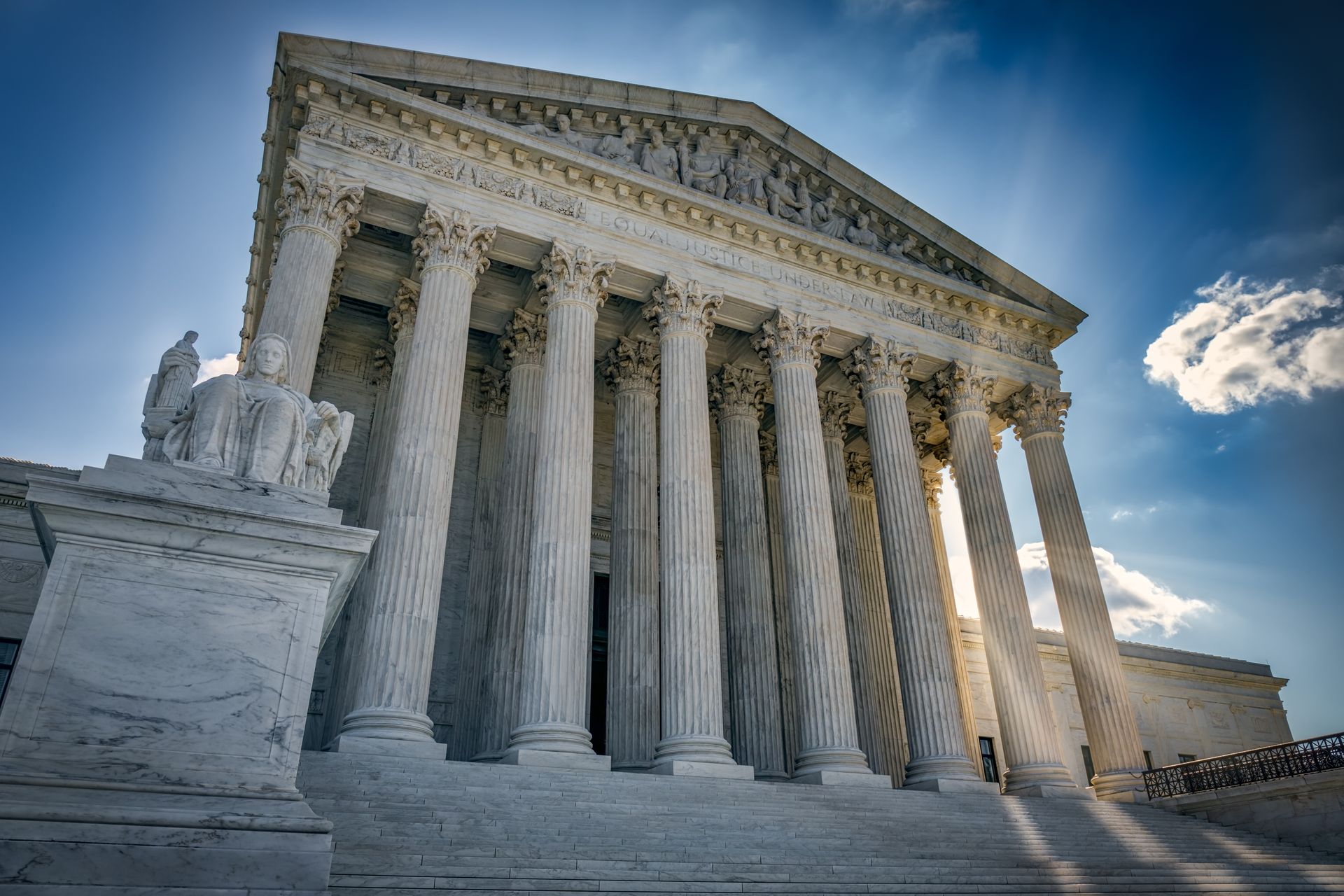July 17, 2024
By: Daniel J. Fetter, Esq. The SMB M&A series provides insights into buying and selling a small business. In all business transactions, the Seller will be asked to make a series of representations and warranties (" R&W ") regarding the business. These R&W, which can range from 1 - 20 pages depending on the size of the transaction, cover the Seller's finances, taxes, condition/title of assets, liabilities, legal compliance, litigation, employment matters, contracts, customers, etc. The purpose of the R&W is to give the Buyer a comprehensive understanding of what he or she is purchasing (the good and the bad). This portion of the Purchase Agreement is heavily negotiated as its effect shifts liability between the Seller and Buyer from issues that may arise post-closing. If the Buyer suffers a financial loss, the Buyer will review the R&W and make a claim for indemnification if it can be argued that such loss stems from a breach of those representations. For this reason, the Buyer will want the representations to be as broad as possible while the Seller will try to limit their scope and mitigate its post-closing liability. There are several ways a Seller can try to reduce their liability exposure. This article will focus on some of the basic strategies used. Use Qualifying Language: Limit the representation to what the Seller actually knows (or should know after a reasonable investigation). For example, consider these two statements: 1. "The products sold by Seller do not infringe on the proprietary rights of others." 2. " To Seller's actual knowledge , the products sold by Seller do not infringe on the proprietary rights of others." Example "1" is a statement of fact and shifts liability to the Seller in the event any infringement claim arises, regardless of the Seller's knowledge on the issue. Example "2" shifts liability to the Seller only if Seller actually knew of the infringement at the time of closing. Sellers may also try and limit the scope of the representation by including a "materiality" qualifier. Consider the following examples: 1. "Seller is and has been in compliance with all applicable laws." 2. "Seller is and has been in compliance, in all material respects , with all applicable laws." No Seller can truly make the representation under example "1", and including such a statement may subject the Seller to being liable for any costs, no matter how small, due to potential immaterial claims by the Buyer. Under example "2", Seller is acknowledging that the business is not in absolute compliance, but such violations do not rise to the level of having a material effect on the business. Buyers do not like this limitation because unless the Purchase Agreement defines "material" (not all do), it raises the question of what is material? Buyers may try to address this issue by including a "materiality scrape", which is a topic for a separate article. Survival Period: The Purchase Agreement will state how long the R&W survive closing. The survival period will typically last between 12-24 months following closing with some representations surviving longer in accordance with the applicable statute of limitations (these are referred to as " Fundamental Representations "). This limits the time a party has to make an indemnity claim for a breach of a R&W. Buyers prefer to have representations extend as long as possible while Sellers try to shorten the survival period. As long as Buyer notifies Seller of a claim before the representation has expired, the Buyer's claim will be valid. Accuracy: Last but not least, take the time to carefully review each representation and investigate when necessary to ensure the statement is accurate. These are only some of the strategies found in Seller's tool-kit to reduce exposure. Sellers may also consider the deal structure (stock vs. asset), baskets, caps and anti-sandbagging clauses (which will be covered in additional articles). The Scolaro Law Firm handles small business M&A transactions throughout New York State, Vermont, Pennsylvania and Florida. If you are interested in buying/selling a business, please contact Daniel Fetter or the attorney at our firm with whom you work. This article is intended to be for informational and discussion purposes only and is not to be construed as legal advice or as a legal opinion on which certain actions should or should not be taken.













